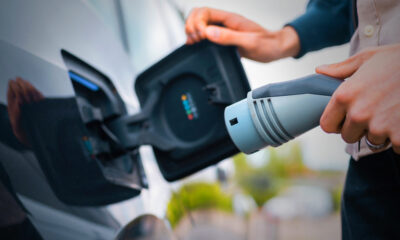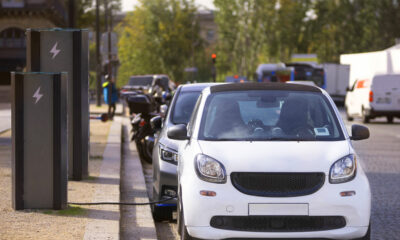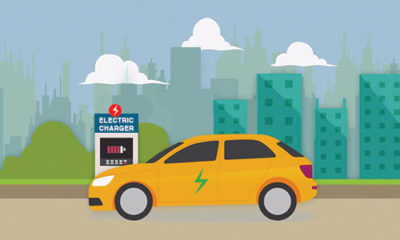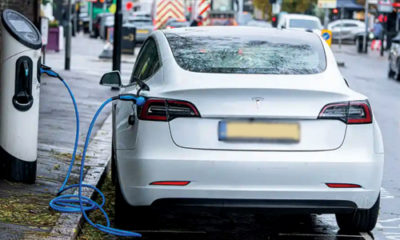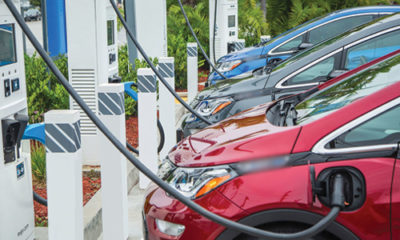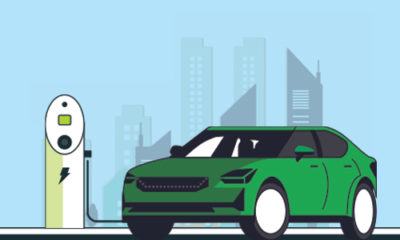News
EV range: Claim vs actual experience
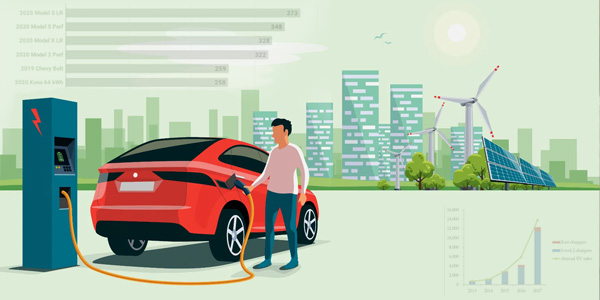

Source:https://www.energybite.co.in/blog-post/ev-range-claim-vs-actual-experience/
Range anxiety has all along been a major deterrent to EVs making a more significant presence on Indian roads. Worse still, the range is lower than what is claimed when the EV is actually driven on roads. This is due to plenty of reasons, all valid. With manufacturers set to bring in next-generation batteries in not-too-distant a future, higher-range EVs would also become a reality.
A primary reason for people’s reluctance to adopt, or switch over to, an electric vehicle is ‘range anxiety’. Range, in this context, refers to the number of kilometres or the distance an electric vehicle can travel on full charge, or before its battery gets exhausted and needs recharging. Today, the EV market boasts of different types of EVs with varied ranges depending on the capacity of their batteries.
The range largely depends on the driving pattern or behaviour of the consumers. A smooth drive ensures maximum range capacity while rash or sports driving can reduce it drastically. Besides, the range also depends on road and weather conditions, the number of passengers in the vehicle, the weight of the baggage being carried, and also the duration of AC or heater usage.
- The range largely depends on the driving pattern or behaviour of the consumers. A smooth drive ensures maximum range capacity while rash or sports driving can reduce it drastically
- The standard range is formulated in a laboratory, in a controlled environment, to obtain the maximum output whereas the actual range is experienced in the real world with all the variables in place.
- The success of an EV largely depends on its range deliverance. Considering the highly inadequate charging infrastructure in the country, the provision of high range becomes all the more critical.
The Automotive Research Association of India (ARAI) is the R&D body set up by the industry and the Government that tests EVs in a controlled environment and certifies the standard range of an EV. Despite that, the claimed range and the actual range can vary hugely. This is because the standard range is formulated in a laboratory, in a controlled environment, to obtain the maximum output whereas the actual range is experienced in the real world with all the variables in place. A stark example is that of Tata Nexon EV, the bestselling electric passenger car in the country, which has a claimed range of 312 km but on road, it gets curtailed to anywhere between 200 and 220 km.
There is no doubt that the success of an EV largely depends on its range deliverance. Considering the highly inadequate charging infrastructure in the country, the provision of high range becomes all the more critical. The EV market is on the rise and manufacturers across the globe are now entering the Indian automobile market eyeing its huge potential. Undeniably, the next generation of EV batteries would comprise greater range, thereby, paving the way for widespread adoption of environment-friendly vehicles.
-



 News3 weeks ago
News3 weeks agoKW Delhi 6 Mall Onboards New Brands
-



 News4 weeks ago
News4 weeks agoManasum Senior Living Launches IKIGAI GOA, A Senior Living Community in North Goa, in collaboration with Prescon Homes
-



 News2 weeks ago
News2 weeks agoGodrej Properties Sells Rs 3k cr+ Homes of Godrej Zenith, Gurugram, within 3 days
-



 News4 weeks ago
News4 weeks agoBridging India Divide: Top 5 Tier- 2 Cities to Focus On
-



 News3 weeks ago
News3 weeks agoCommercial Realty Gets Tech Savvy: Fast Construction, Enhanced Convenience
-



 News4 weeks ago
News4 weeks agoMultipoint Connection – A Definite Boon
-



 News3 weeks ago
News3 weeks agoRBI’s Status Quo on Key Policy Rates to Help Maintain the Real Estate Growth Momentum, Say Industry Stalwarts
-



 News1 week ago
News1 week agoOlive Announces Dhruv Kalro as Co-Founder







